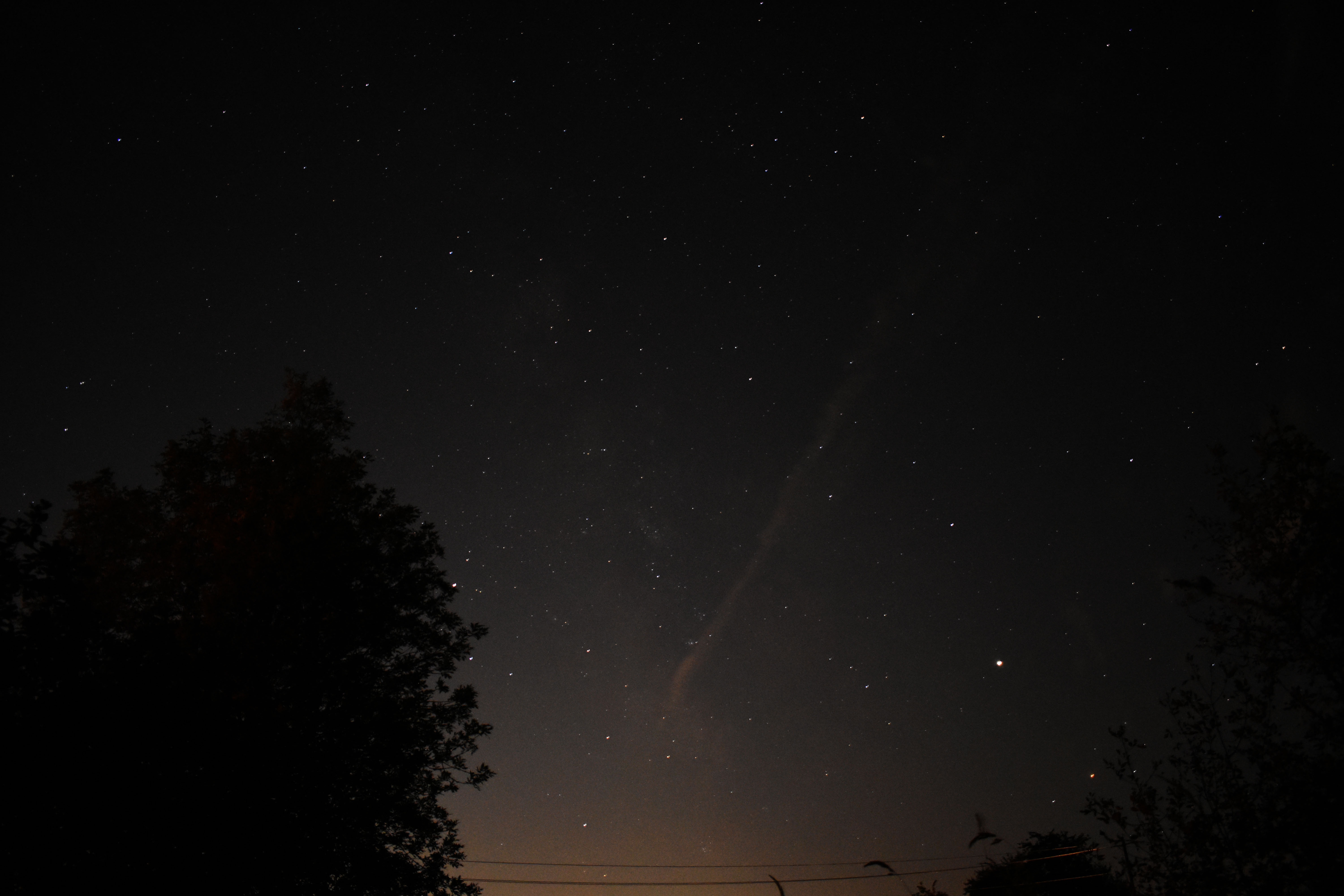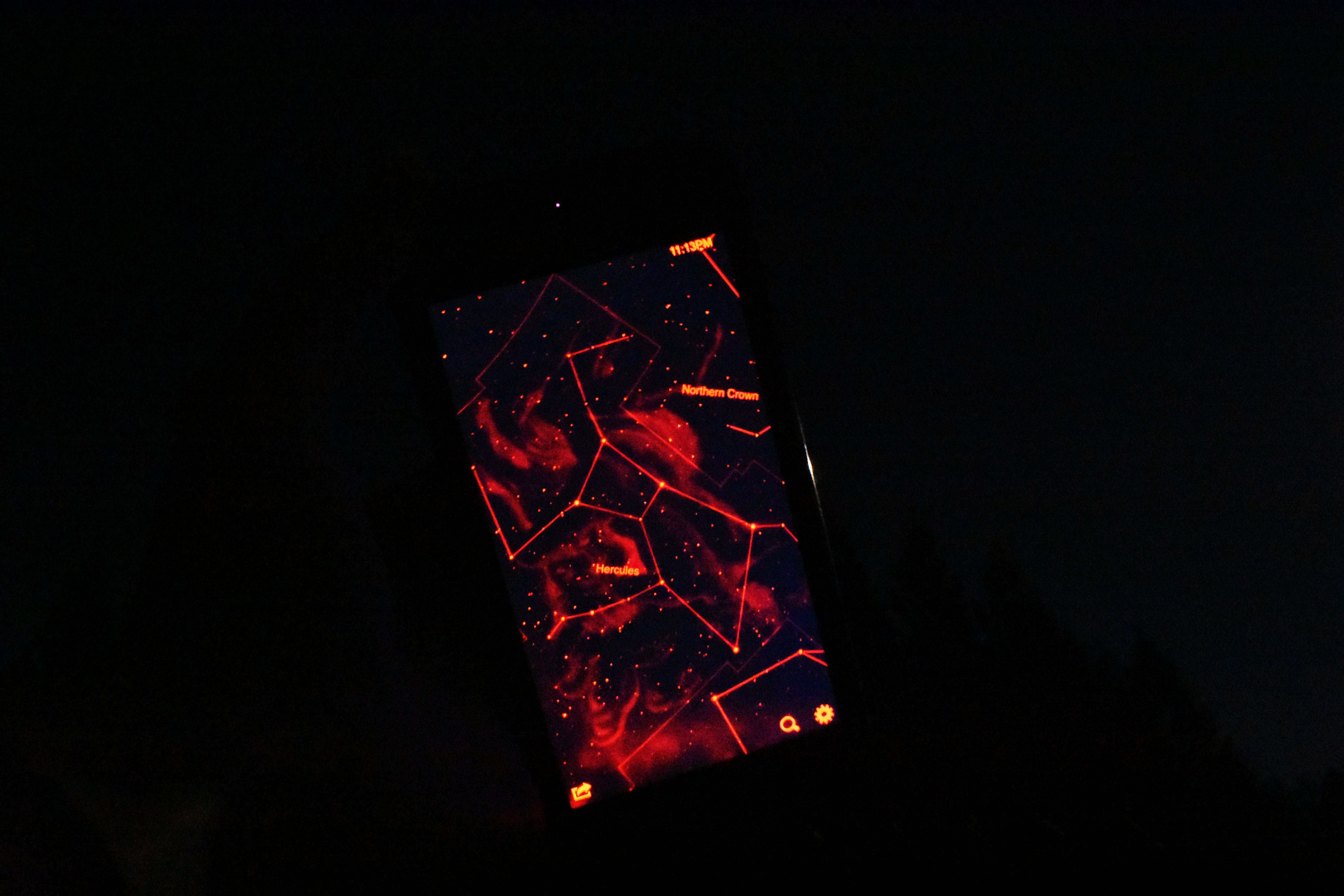Written by: Taylor Duff | Staff Writer
Astrology isn’t just a TikTok joke; it is a complex understanding of how we fit into the universe. Astrology involves evaluating the impact of stars and planets on terrestrial events and human destiny.
Astronomy, the study of all extraterrestrial bodies and their properties, can be seen throughout history. However, it should not be misconstrued with astrology, which can be understood instead as Divination — using the stars to determine the underlying significance of events and forecast the future.
Divination exists in many ancient and contemporary communities, though methods differ. Popular divination methods include horoscopes, palm reading and tarot cards. Astrology originated in Mesopotamia and shifted to India in the third millennium BC, but it took on its Western form in Greek civilization during the Hellenistic period.
Astrology is often considered a private spiritual practice, separate from any particular religion.
Astrology was central in the cultures of Mesopotamian civilizations and ancient Egyptians. Because the heavens were regarded as sacred, priests were able to predict natural and political events — requiring rulers to act according to their predictions and contributing to the creation of a rich library of astral symbols, signs and images representing and safeguarding such traditions. The Greeks later used astrology to understand personal destiny, avoid negative events and predict fortunate times.
Zodiac signs are divided into four elements: fire, earth, air and water. The star positions at birth determine each person’s signs depending on where, when and what time that person came into the world. All 12 zodiac signs correlate with the 12 months of the year — beginning with Aries and ending with Pisces.
The three fire signs are Aries, Leo and Sagittarius; the three earth signs are Taurus, Virgo and Capricorn; the three air signs are Gemini, Libra and Aquarius; and the last element, water, houses the signs Cancer, Scorpio and Pisces.
To be more complex, everyone has various additional zodiac signs that make up their personality traits. People usually refer to their “big three:” your sun is your date of birth, your moon is the position in which the moon was when you were born and lastly, your rising sign, is determined by the time of day you were born.
Astrology is a practice, so many look to horoscopes, tarot cards or astrologers for advice or understanding. Horoscopes are a map of signs in a chart — also referred to as an astrological chart. This chart moves just as we do every day around the earth, and our zodiac signs are correlated with different planets. Because of this, depending on where our signs are positioned, a horoscope can help determine predictions in our personal lives. Horoscopes are never concrete but can give bits of insight that can be helpful tools in our day to day.
Tarot cards are a tool that helps us understand our past, present and future feelings. In many ways, using tarot cards is a form of spiritual practice; there are many different tarot decks on the market and many amazing books that help individuals learn how to use them.
TikTok, among other places, has become a popular space for tarot card readings, where content creators pull cards and express their interpretation of the cards drawn. Astrologers, not to be confused with astronomers, are people who have studied astrology and use it to help predict people’s characteristics, life experiences and futures.
Zodiac signs and relationship compatibility can be a controversial subject as many claim those who use astrology are simply bashing signs that have not worked in relationships for them. Signs such as Aries and Cancer “aren’t a good match,” but many Aries and Cancer relationships have come to fruition and have lasted many years. Just because a sign isn’t compatible with another doesn’t mean that relationship won’t work out. Signs are unique, and Astrology guides us in how different traits and compatibility work, but it isn’t the end all be all.
There is also the case when people disagree with astrology and say it is “fake,” but I think Astrology is not trying to be anything. Many individuals don’t like astrology as it isn’t a proven scientific fact that the stars determine our lives. This is valid, but I think it is something that we can look to for guidance, and there’s no harm in simply believing it.
People have a choice to either make astrology their own or dismiss it, but it should be completely their choice. People are made up of many different traits and experiences that affect our worldview; I feel that astrology helps us understand personality, core values, romantic compatibility with others and even what you may look like.
People like astrology because it gives some understanding of our place in the universe. Many practices and followings have people who choose to be a part of them for a variety of reasons, and Astrology is no different. Overall, astrology is interesting and brings people together in such a special way.
Contact the author at tduff23@mail.wou.edu





